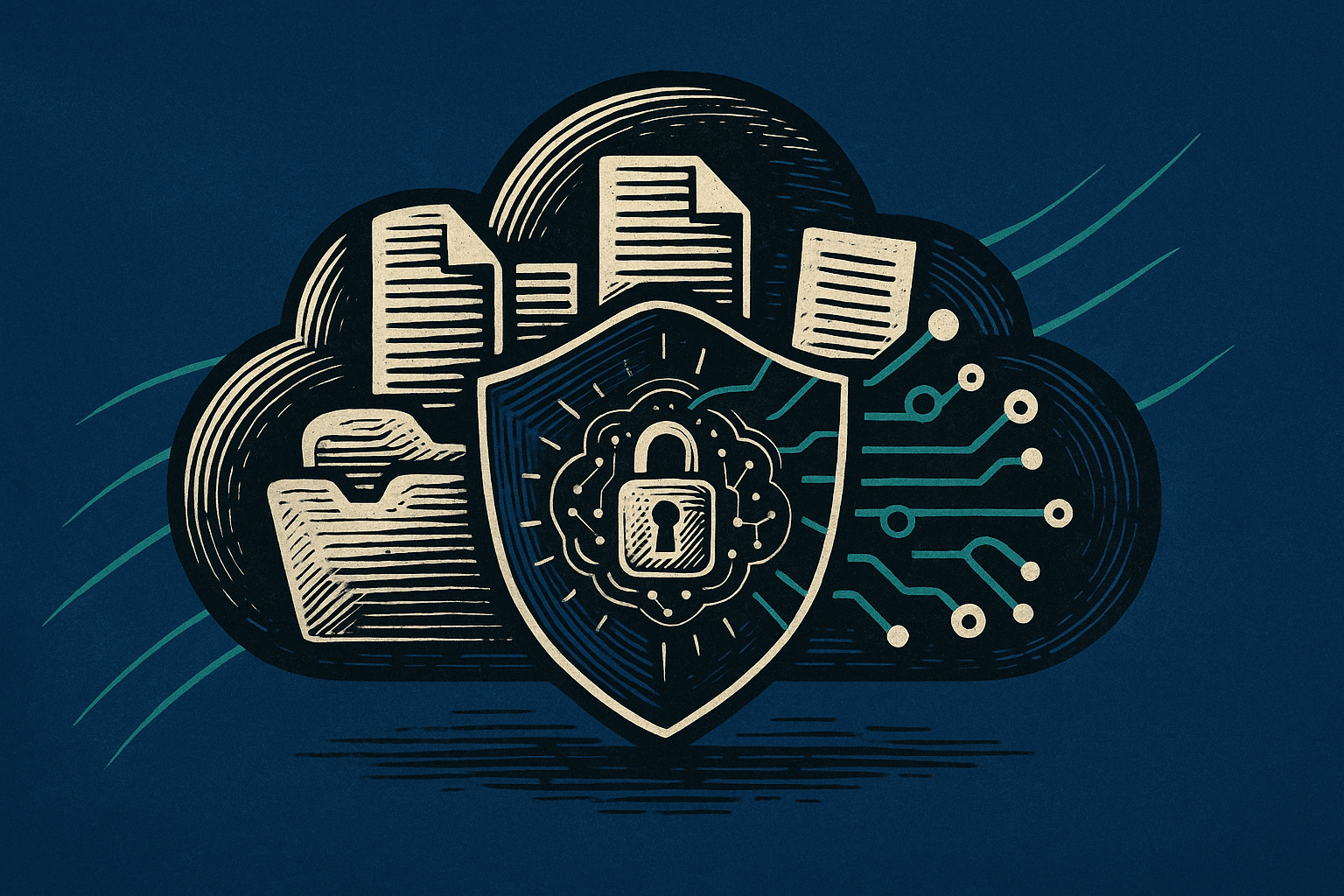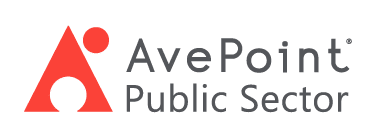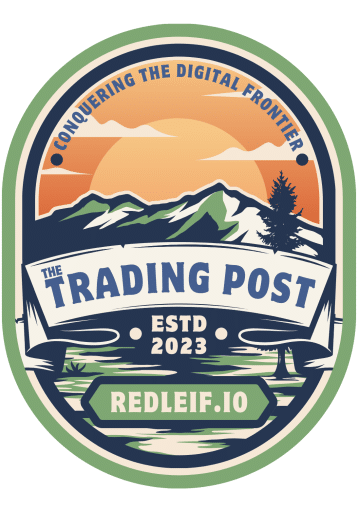
Securing and Managing Google Workspace in the Age of AI
Google Workspace has transformed how public sector organizations collaborate. Real-time communication, shared documents, and cloud-based tools have made it easier than ever to work together across departments and communities. But as teams expand and data moves freely, new questions emerge. How do you protect sensitive…
Share this post:
Google Workspace has transformed how public sector organizations collaborate. Real-time communication, shared documents, and cloud-based tools have made it easier than ever to work together across departments and communities.
But as teams expand and data moves freely, new questions emerge. How do you protect sensitive information, meet compliance obligations, and keep systems efficient when sharing is built into everything you do?
Especially as organizations experiment with Gemini and other AI tools, visibility and governance have never mattered more.
The Hidden Challenge: Visibility Isn’t Control
In Google Workspace, risk doesn’t usually show up as a headline event, it builds quietly.
Files get shared through old links that never expire. Drive folders keep growing long after projects end. Access settings carry over from one user to another, often without anyone noticing.
Most teams have security tools in place, but visibility isn’t the same as control. You can see data, but not always how it’s used or who still has access. Oversharing often happens because people are trying to move work forward, not because they’re being careless.
Over time, these small issues add up to a much larger one: exposure that no one can quite see.
Compliance Is the Floor, Not the Ceiling
Many public sector organizations rely on Google Vault or manual reviews to stay compliant with laws like FOIA, FERPA, or state-level open records acts. Those systems help, but they’re built for documentation, not real-time risk.
Compliance shows that the right policies exist. Governance shows that they’re being followed.
True data protection means understanding where sensitive information lives, how it’s being shared, and how to keep it from lingering long after its useful life. Without that level of awareness, compliance can become a checkbox, not a safeguard.
Why It Matters Now More than Ever: The AI Connection
The rise of generative AI and automation is reshaping how public sector teams manage information. But these tools are only as good as the data behind them.
If your Workspace is cluttered with outdated, duplicate, or misclassified content, that’s what your AI will learn from. It’s not just a data hygiene problem, it’s a decision-making problem.
Clean, well-governed data fuels trustworthy outcomes. When files are organized, classified, and secured, AI becomes an asset instead of a liability.
What to Consider When Strengthening Your Google Workspace Environment
Data security and collaboration don’t have to compete. The teams that get the most out of Google Workspace focus on three practical areas — habits and systems that make secure collaboration the default, not the exception.
1. Understand your environment
You can’t protect what you can’t see. Map where data lives, who owns it, and who can access it — not just at the admin level, but across shared drives, departments, and classrooms.
Even a quick permissions audit or link scan can reveal how data spreads over time. The right platform can help automate that visibility and ensure sensitive data stays where it belongs.
2. Keep your workspace current
As projects end and staff change, data lingers. Automating lifecycle management (retention, archiving, deletion) helps reduce exposure while keeping your storage clean and compliant.
Focus on what’s active, relevant, and required to fulfill your mission, and retire the rest with confidence.
3. Build governance into daily work
Good security isn’t about saying no, it’s about making “yes” safe. Create guardrails that let people share responsibly, recover quickly, and meet compliance standards without extra steps.
When governance is built into your workflows and supported by technology, users don’t have to think about doing the right thing, they just do it.
Together, these three practices form a sustainable approach to Google Workspace: one that makes collaboration easier to manage, not harder to secure.
Secure Collaboration Starts Here
Google Workspace can absolutely work for government and education organizations, but it requires an intentional approach to governance. The goal isn’t to lock things down; it’s to make smart sharing the standard.
If your organization is expanding its use of Google Workspace or exploring AI integration, now’s the time to strengthen your foundation.
See how AvePoint helps public sector teams manage and protect Google Workspace.
Last updated: October 24, 2025

AvePoint Helps the Public Sector Build Secure, Resilient Digital Workplaces to Better Service Constituents.
AvePoint is a leading provider of SaaS-based digital workplace transformation tools, empowering public sector organizations to modernize IT infrastructure, secure sensitive data, and streamline collaboration—all while maintaining strict regulatory compliance and minimizing IT burden.


